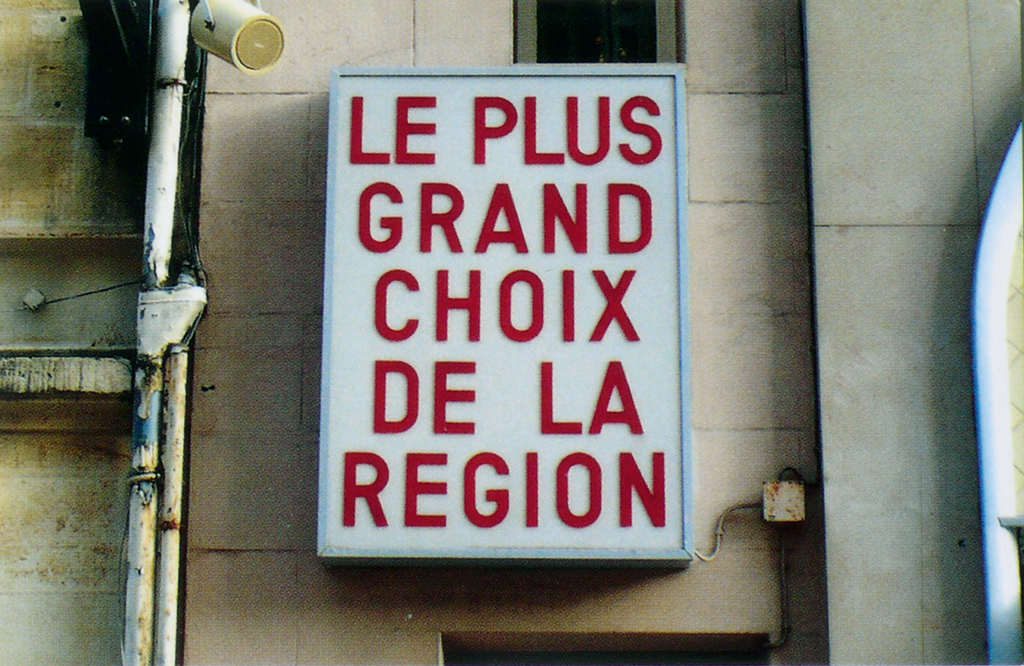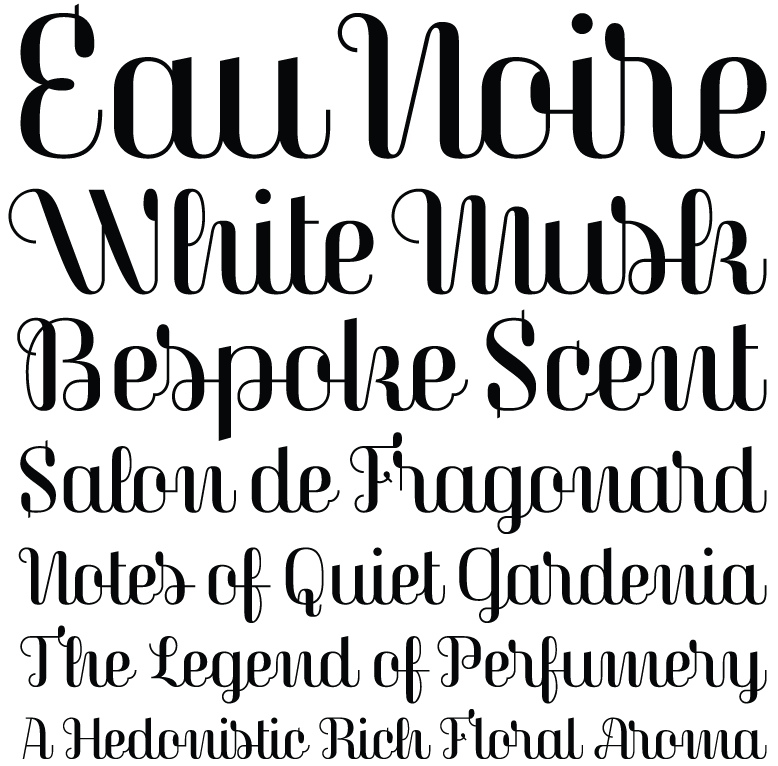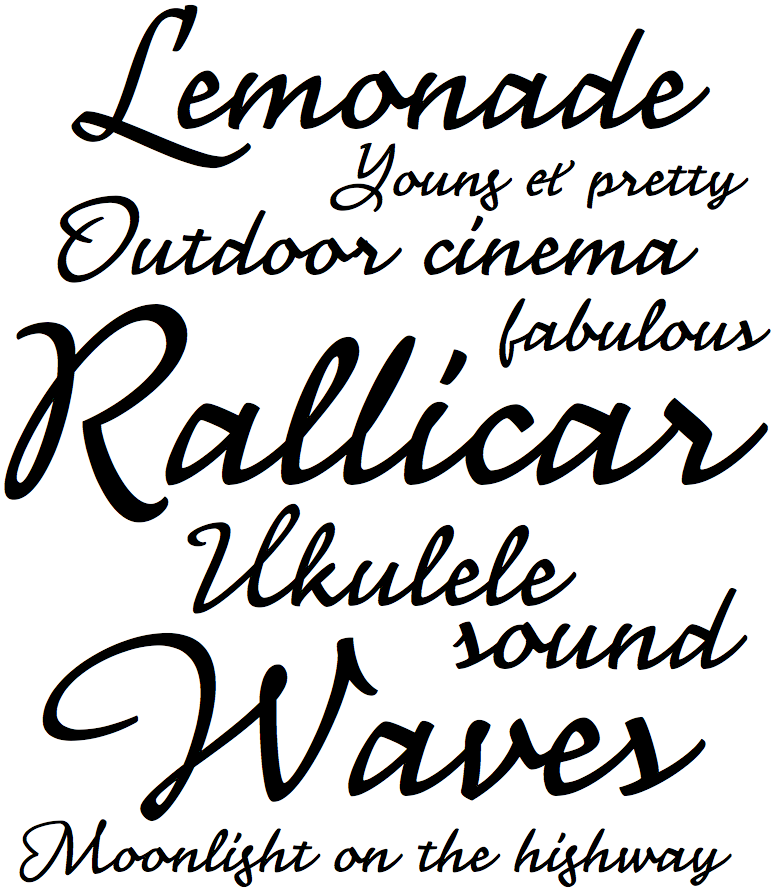Mark Jamra’s site Type Culture hosts a couple of very interesting research papers and similar texts, for instance:
Oldrich Menhart: Calligrapher, Type Designer and Craftsman
by Veronika Burian
This extensive dissertation presents the versatile work of the great Czech calligrapher and type designer Oldrich Menhart in his most unique and interesting period between 1930 and 1948.
French Type Foundries in the Twentieth Century
by Alice Savoie
The value of this dissertation lies not only in what it imparts to the reader, but also in its rarity, since relatively little information on the recent history of type in France has been written in English. To people who are less than fluent in French, most information about the state of affairs in French type and typography is woefully out of reach. This well-written study focuses on the activity of French foundries, their fateful decisions regarding the adoption of new technologies and the evolution of French type design throughout the last hundred years.




